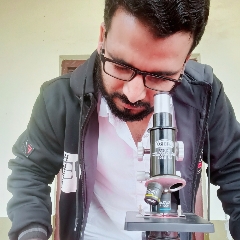Question Text
Question 1 :
Among the following quantities:<br/>(i) mass number<br/>(ii) average mass of a Carbon atom in amu<br/>(iii) the charge of nucleus in amu and<br/>(iv) mass of a Carbon -12 atom in grams<br/>
Question 2 :
Find the number of neutrons andprotons in an atom with atomic number 39 andmass number 89?
Question 4 :
Statement 1 : The atomic number of a neutral atom that has a mass of $39$ and has $19$ electrons is $19$.<br/>Statement 2: The number of protons in a neutral atom is equal to the number of electrons.
Question 5 :
The letters $X$, $Y$ and $Z$ represent different atoms.<br> $_{ 19 }^{ 40 }{ X }$ $_{ 19 }^{ 39 }{ Y }$ $_{ 20 }^{ 40 }{ Z }$<br>What can be deduced from the proton numbers and nucleon numbers of $X$, $Y$ and $Z$?
Question 6 :
The electronic configuration of elements A, B, C, D and E are :<br/>A (2, 8, 7)       B (2, 8, 1)       C (2)          D (2, 6)        E(2, 8)<br/>Which of the above element/s are inert?
Question 7 :
Which of the following elements has least number of electrons in its M shell?
Question 8 :
Rutherford's experiment, which established the nuclear model of the atom used a beam of:
Question 9 :
Assertion: The mass of a substance is constant whereas its weight may vary from one place to another.
Reason: Mass of a substance is the amount of matter present in it while weight is the force exerted by gravity on an object.
Question 10 :
We got promising results by using radioactive isotopes for the treatment of:





















